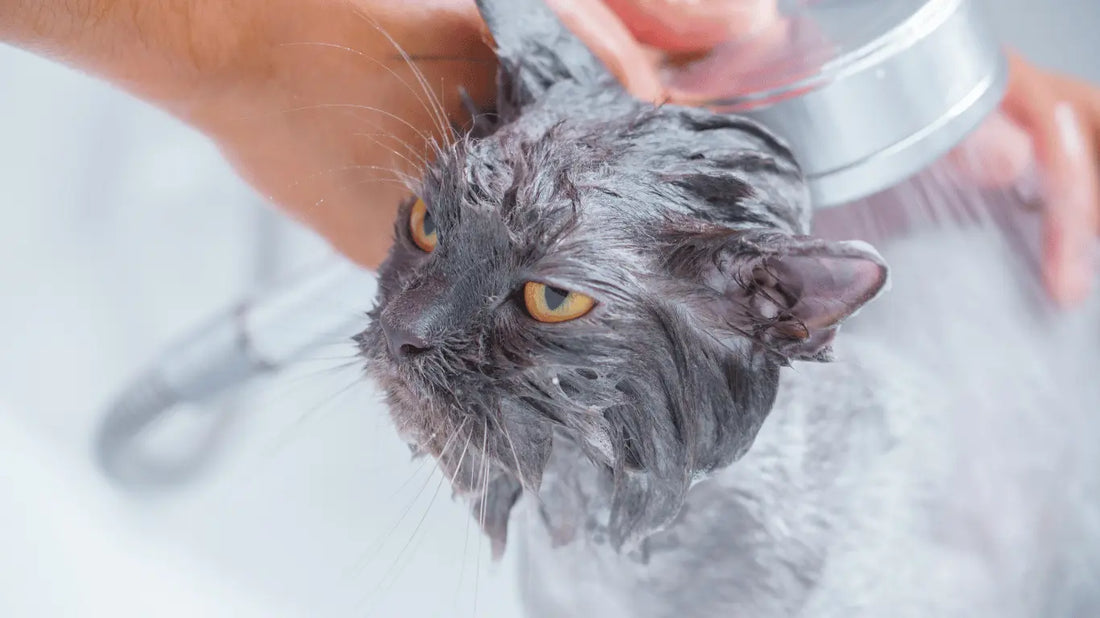
Why Do Cats Dislike Water? Unraveling the Mystery
Why Do Cats Dislike Water? Unraveling the Mystery
Cats are often associated with an aversion to water, a stereotype that has persisted for generations. While some breeds, like the Turkish Van and Maine Coon, are known to enjoy swimming, the majority of domestic cats seem to avoid water at all costs. But what lies behind this behavior? Is it rooted in biology, evolution, or simply personal preference? Let’s dive into the fascinating reasons why most cats dislike water.
The Evolutionary Perspective: A Desert Heritage
One of the most compelling explanations for cats’ aversion to water lies in their evolutionary history. Domestic cats are descendants of the African wildcat (Felis silvestris lybica), a species native to arid desert regions. These environments offered little exposure to large bodies of water, meaning swimming or interacting with water wasn’t a necessary survival skill.
According to Dr. Kristyn Vitale, an animal behaviorist and founder of Maueyes Cat Science and Education, African wildcats primarily hunted terrestrial prey like rodents. "They are not particularly known for hunting near or within water," Vitale explains. This evolutionary background may explain why modern domestic cats don’t instinctively seek out water—it simply wasn’t part of their ancestors’ natural behavior.
However, not all experts fully agree with this theory. Some argue that the African wildcat’s range extends beyond deserts to less arid regions, suggesting that some wildcats may have encountered water during their lifetimes.
Physical Discomfort: The Burden of Wet Fur
Another reason cats may dislike water is the physical discomfort it causes. When a cat’s fur becomes wet, it can become waterlogged, making movement more difficult and leaving the cat feeling vulnerable. This sensation of being weighed down may trigger a natural instinct to avoid situations where they feel less agile or in control.
Additionally, wet fur can disrupt a cat’s body temperature regulation. Unlike dogs, whose fur often repels water, a cat’s coat absorbs moisture, which can make them feel cold and uncomfortable.
The Role of Smell: A Cat’s Sensitive Nose
Cats rely heavily on their sense of smell to navigate their environment, communicate, and detect potential threats. Water can interfere with this by masking their natural scent or introducing unfamiliar odors. For example:
- Tap water chemicals: Cats may detect chlorine or other chemicals in tap water, which they find unpleasant.
- Pheromone disruption: Getting wet may obscure a cat’s natural pheromones, which could cause distress and confusion.
Learned Behavior: Early Experiences Matter
A cat’s relationship with water may also be shaped by its early experiences. Kittens exposed to water in a positive and controlled environment may grow up to be more comfortable around it. This process, known as socialization, involves introducing kittens to various sights, sounds, textures, and experiences during their developmental period.
Dr. Vitale suggests that while early exposure to water can help, it’s not a guarantee. "Every cat is an individual," she explains. "Even with water exposure, some kittens may still show aversion, while others who have never been exposed to water might enjoy it."
Exceptions to the Rule: Water-Loving Breeds
While most cats avoid water, there are exceptions. Certain breeds, such as the Turkish Van, Maine Coon, and Bengal, are known for their love of swimming. These breeds may have genetic traits or evolutionary histories that make them more inclined to enjoy water. For example, the Turkish Van is often referred to as the "swimming cat" due to its affinity for water.
